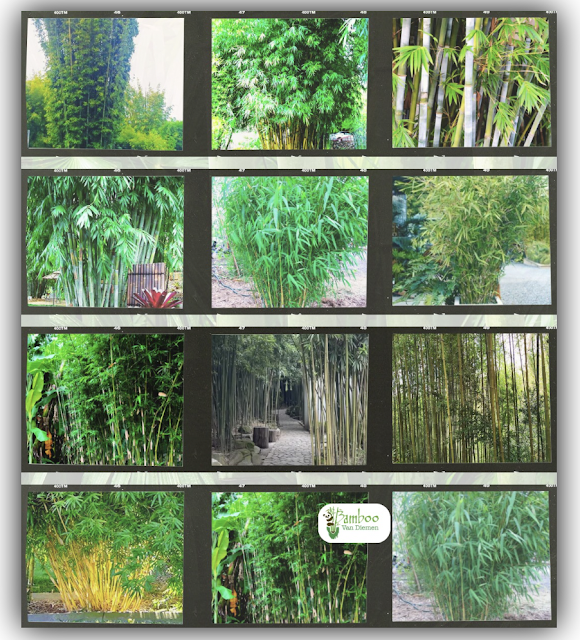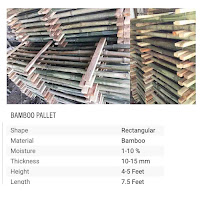The Bamboos (Bambusoidaea) consists of 1439 different species in 116 genera. It is one of the 12 subfamilies of the grass family (Poaceae) and the only one to diversify in forests. Bamboo is a great plant for individuals concern with a green environment.
•... Bamboo is the fastest growing plant on this planet. It has been recorded growing at an amazing 47.6 inches in a 24 hour period. It is NOT A NOXIOUS WEED in Tasmania far from it! In fact its a plant upon which an environmentally sustainable industry can be built in Tasmania!
•... Bamboo is a viable replacement for wood. It can be harvest in 3-5 years versus 10-20 for most softwoods. It can out yield pine 6 to 1 in biomass production. It is also one of the strongest building materials with a tensile strength of 28,000 psi. To help give you an idea how much this is, mild steel measures 23,000 psi.
•... It is a great soil conservation tool. It greatly reduces erosion with a sum of stem flow rate and canopy intercept of 25%. This dramatically reduces rain run-off, preventing massive soil erosion and making it very earth friendly.
•... Bamboo can be eaten (new shoots), made into fiber for clothing, it can be used in concrete reinforcement, in can provide great livestock feed with the foliage being up to 22% protein, it can be machined into numerous forms of lumber, etc. It might be easier to compile a list of what bamboo cannot be used for than what it is used for.
•... Bamboo can also tolerate extreme conditions that most plants cannot. It was actually the first plant to re-green after the atomic blast in Hiroshima in 1945.
 |
| https://www.bambooaustralia.com.au/about-us/ |
 |
| Story link |
 Bambusa lako, known as Timor black bamboo,[1] is a large species of bamboo originating from the island of Timor; its black culms may reach 21 m (69 ft) in height. A 2000 molecular study places it as closely related to the similar Indonesian species Gigantochloa atroviolacea, from which it was separated in 1997; it may soon be placed in that genus. Bambusa lako can only be grown in climates that are mostly frost-free.
Bambusa lako, known as Timor black bamboo,[1] is a large species of bamboo originating from the island of Timor; its black culms may reach 21 m (69 ft) in height. A 2000 molecular study places it as closely related to the similar Indonesian species Gigantochloa atroviolacea, from which it was separated in 1997; it may soon be placed in that genus. Bambusa lako can only be grown in climates that are mostly frost-free.
Description
[edit]Bambusa lako grows to 21 m (69 ft) in height, with culms reaching a maximum of 10 cm (3.9 in) in diameter. The culms are initially green before maturing to a shiny black, sometimes with scattered green stripes;[2] they grow vertically, though may droop at the top. The culms are initially covered with culm-sheaths which have dark brown-black hairs. Shoots grow rapidly in warmer weather. The branches are short and leaves long and pendulous; individual leaf-blades may reach 25 cm (9.8 in).[3] To date, this species has not been observed in flower.[3]
Taxonomy
[edit]Timor black bamboo was described and separated from the Indonesian black bamboo species Gigantochloa atroviolacea by botanist Professor Elizabeth A. Widjaja in 1997, as its appearance (morphology) differed.[4] However, only nonflowering material was observed, and the author noted the need for examining flowering material to confirm classification. This can be difficult with bamboos which can take up to 120 years to flower. A 2000 molecular study examined material from several bamboo species and concluded that the two species were very closely related and that the Timor black bamboo would be better placed in the genus Gigantochloa.[5] It had been known as Gigantochloa sp. 'Timor black'.[2]
Distribution, habitat and cultivation
[edit]Timor black bamboo is restricted to the island of Timor.[2] It has been introduced into cultivation to the United States and Australia, and is hardy to −4 °C (25 °F).[2]























No comments:
Post a Comment